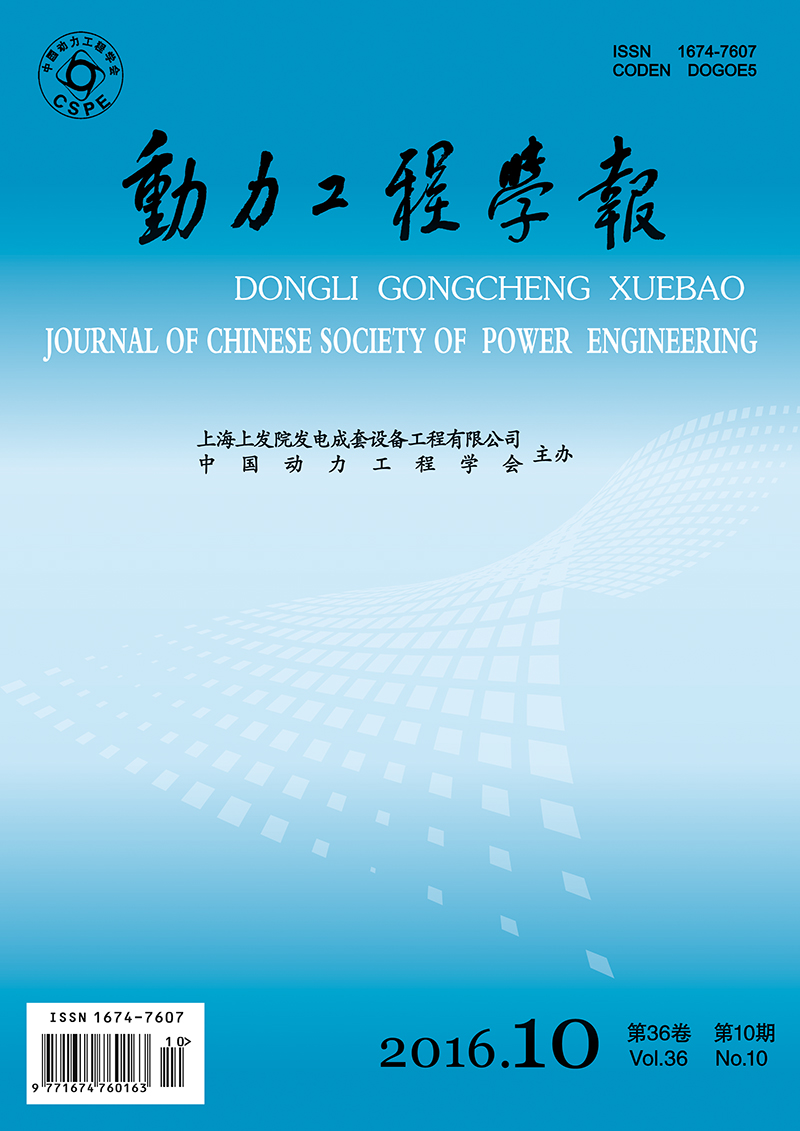XIANG Ling, GAO Xueyuan, ZHANG Lijia, DI Weiwei
2016, 36(10): 788-794.
A nonlinear dynamic model was established for the rotor with coupling faults of crack and rub-impact, considering the time-varying rigidity of crack, rub-impact force and nonlinear oil-film force, which was solved by numerical integration method. Meanwhile, the bifurcation diagrams, poincaré maps, axis orbit and the largest Lyapunov exponent (LLE) were used to analyze the effects of non-dimensional crack depth and rotating speed on the system response, system stability and the rub-impact force in both qualitative and quantitative ways. Results indicate that, the system has undergone diverse nonlinear motions, such as 2T-periodic motion, 4T-periodic motion, 8T-periodic motion, quasi-periodic motion and chaos. As the non-dimensional crack depth increases, the speed of the first bifurcation rises, and the time reaching the critical speeds of quasi-periodic motion and chaos advances. Besides, with the increase of non-dimensional crack depth, the quasi-periodic motion evolves into alteration of chaos and multi-periodic motion in the high-speed area. Moreover, the influence of crack depth on rub-impact force varies in different speed areas, which becomes particularly noticeable in the high-speed area.
